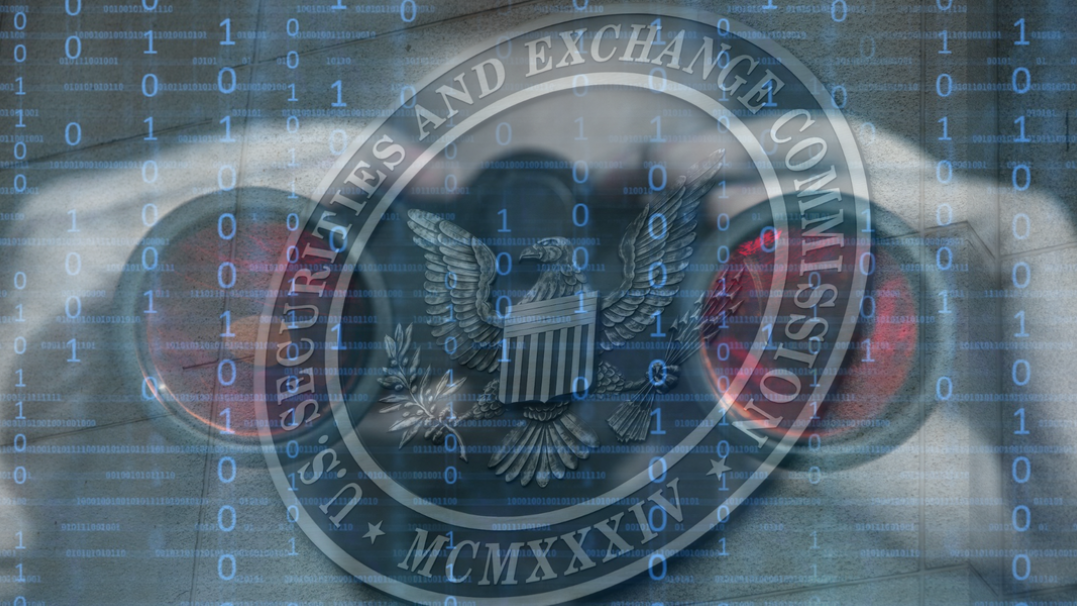A Large Solar Storm Will Hit Earth On July 31 Or August 1 At The Same Time That The “Black Supermoon” Happens
by Michael Snyder, End Of The American Dream:

An absolutely massive hole has formed in the upper atmosphere of the Sun, and our planet will align with that hole later this week. Once the alignment happens, Earth will be bombarded by a “solar storm”, and nobody is quite sure yet how bad it will be. If the storm is relatively minor, we could just experience a few disruptions to satellite communications and see some pretty lights in the sky. But if the storm is really severe, our electrical grid could be fried and we could experience widespread power outages. According to the Express, “the solar storm will hit Earth on July 31 or August 1″…
Earth’s orbit around the Sun will soon align with a coronal hole – a hole in the Sun’s upper atmosphere – and solar particles will subsequently bombard the planet after they have made their way through space. Experts predict that the solar storm will hit Earth on July 31 or August 1. People in the northern hemisphere are likely to be treated to northern lights – or aurora borealis – as the solar winds bombard the upper reaches of the planet.
Of course North America is in the northern hemisphere, and so we could be in for a direct hit.
Since our satellites are outside our atmosphere, they are the most vulnerable during a solar storm. If some of our satellites get fried, that could affect GPS navigation, cell phone communication, and satellite television services…
For the most part, the Earth’s magnetic field protects humans from the barrage of radiation, but solar storms can affect satellite-based technology.
Solar winds can heat the Earth’s outer atmosphere, causing it to expand.
This can affect satellites in orbit, potentially leading to a lack of GPS navigation, mobile phone signal and satellite TV such as Sky.
But if the storm is powerful enough, electronic devices all over the country could be damaged and our power grid could potentially be disabled. According to astrophysicist Scott McIntosh, a really bad solar storm could potentially even cause some of our major cities to be without power for months…
McIntosh winces at the thought of what a massive storm might do: “Could you imagine DC or New York City being without power for six months, or eight months a year because of a solar event that they didn’t forecast well?”
So let us hope that this solar storm turns out to be relatively minor, because the potential for a catastrophic event is certainly there.
And our planet has definitely experienced very serious solar storms in recent history. For example, just check out what happened in August 1972…
On August 4, an aurora shone so luminously that shadows were cast was seen from the southern coast of the United Kingdom[1] and shortly later as far south as Bilbao, Spain at magnetic latitude 46°.[38] Extending to August 5, intense geomagnetic storming continued with bright red (a relatively rare color associated with extreme events) and fast-moving aurora visible at midday from dark regions of the Southern Hemisphere.[39]
Radio frequency (RF) effects were rapid and intense. Blackouts commenced nearly instantaneously on the sunlit side of Earth on HF and other vulnerable bands. A nighttime mid-latitude E layer developed.[40]
Geomagnetically induced currents (GICs) were generated and produced significant electrical grid disturbances throughout Canada and across much of eastern and central United States, with strong anomalies reported as far south as Maryland and Ohio, moderate anomalies in Tennessee, and weak anomalies in Alabama and north Texas. The voltagecollapse of 64% on the North Dakota to Manitobainterconnection would have been sufficient to cause a system breakup if occurring during high export conditions on the line, which would have precipitated a large power outage.
If such an event happens this time, there will almost certainly be significant power outages.
In 1859, a much more serious solar storm hit our planet, and it fried telegraph systems all across North America…
On September 1–2, 1859, one of the largest recorded geomagnetic storms (as recorded by ground-based magnetometers) occurred. Auroras were seen around the world, those in the northern hemisphere as far south as the Caribbean; those over the Rocky Mountains in the U.S. were so bright that the glow woke gold miners, who began preparing breakfast because they thought it was morning.[6]People in the northeastern United States could read a newspaper by the aurora’s light.[11] The aurora was visible from the poles to the low latitude area[12], such as south-central Mexico[13], Queensland, Cuba, Hawaii,[14] southern Japan and China,[15] and even at lower latitudes very close to the equator, such as in Colombia.[16] Estimates of the storm strength range from −800 nT to −1750 nT.[17]
Telegraph systems all over Europe and North America failed, in some cases giving telegraph operators electric shocks.[18]Telegraph pylons threw sparks.[19] Some telegraph operators could continue to send and receive messages despite having disconnected their power supplies.[20]
Read More @ EndOfTheAmericanDream.com
Loading...



